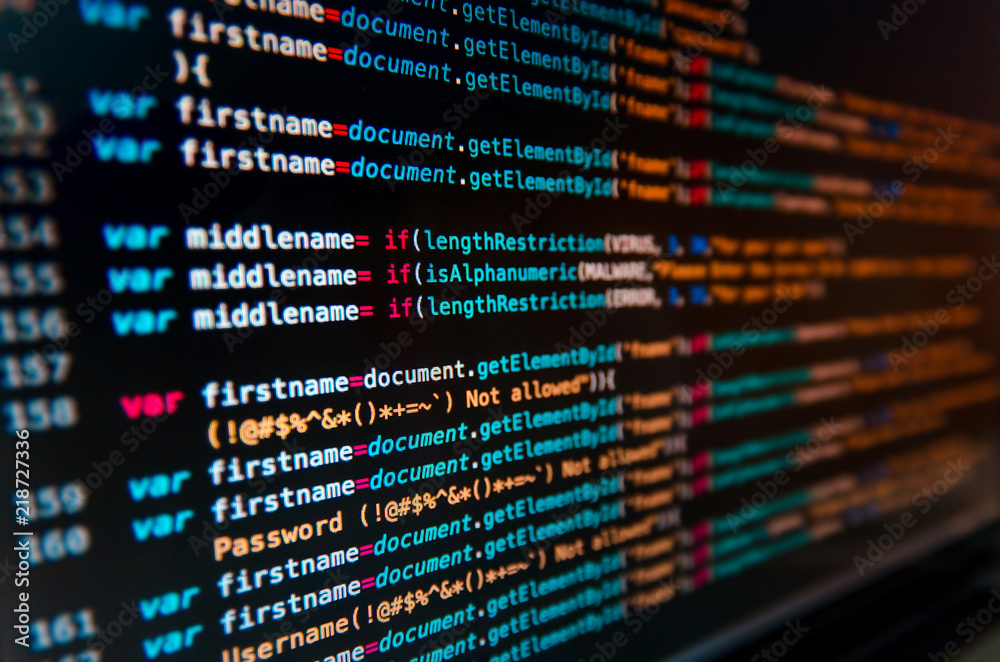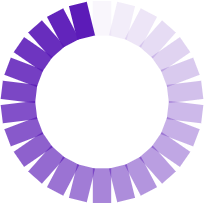
Defination
A program is a piece of code or set of instructions that tells a computer how to perform a task. To use an analogy, a program is like a computer’s recipe. It contains a list of ingredients (called variables, which can represent numeric data, text, or images) and a list of directions (called statements) that tell the computer how to execute a specific task.
Examples of programs
Here are some real life examples of programs you might already be familiar with.
Malware
Malware is a great example of a program in action. Malware is malicious code that tells a device to behave in a certain way. It has no user interface, because it’s not designed for the end user; it interacts directly with the device only.
Web browser
Web browsers are also a type of program. A web browser interacts with your computer, enabling it to locate and read web pages.
How programs are created
Programs are lines of code written by a human, and subsequently read by computing devices.
Programming language
You can create a program by using specific programming languages such as C++, Python, Java and Ruby. These are high level programming languages that are human-readable and writable.
Machine language
These languages are then translated into low level machine languages capable of being understood by computers. This transalation is done by compilers, interpreters, and assemblers within the computer system.
Assembly language is a type of low level language that is one step above a machine language and technically can be written by a human, although it is usually much more cryptic and difficult to understand.
Programs vs. software
In simple terms, software is the final version of a program. It also tends to be much more complex than an individual program.
Software normally consists of numerous programs that work together to create applications and computer systems. So compared to individual programs, software is usually more complex.
Software is also designed to be a tool for end users, therefore it has a dedicated user interface. It will have gone through the compiling, testing, and debugging process before it is complete. This means that the program is already in machine language it has been assembled and is ready to execute.
1. Programming Languages: Content related to specific programming languages such as Python, JavaScript, Java, C++, etc. This could include tutorials, code examples, best practices, and news related to each language.
2. Frameworks and Libraries: Information about popular frameworks and libraries used in software development, such as React.js, Angular, Django, Flask, Node.js, etc. This could include tutorials, how-to guides, and reviews/comparisons of different frameworks.
3. Development Tools: Content about tools and technologies used in the software development process, such as IDEs (Integrated Development Environments), version control systems (e.g., Git), text editors, debugging tools, etc.
4. Web Development: Topics related to web development, including HTML, CSS, frontend development, backend development, web design principles, responsive design, etc.
5. Mobile Development: Content focused on mobile app development, including iOS development (Swift), Android development (Java/Kotlin), cross-platform development frameworks (React Native, Flutter), mobile UI/UX design, etc.
6. Data Science and Analytics: Information about data science, machine learning, artificial intelligence, data analysis tools (e.g., pandas, NumPy), data visualization, big data technologies, etc.
7. Software Engineering: Topics related to software engineering principles, software architecture, design patterns, software testing, software project management methodologies, etc.
8. Career Development: Content related to career development in the field of programming and technology, including resume writing tips, job interview preparation, portfolio building, freelancing, remote work, etc.
These “programs” or categories help organize the blog’s content and make it easier for readers to find information relevant to their interests and needs. By covering a diverse range of programs, a programming blog can appeal to a broader audience of developers and technology enthusiasts with varying interests and skill levels.
If you’re in need of development or software development services, you can rely on Coding Agency.We offer a comprehensive suite of services including web development, app development, SEO, graphic design, UX/UI design, digital marketing, and newsletter design. Whether you’re an individual looking to bring your idea to life, a business seeking to enhance your digital presence, or an organization aiming to improve your marketing strategies, we’ve got you covered. Our team of experienced professionals is dedicated to delivering high-quality solutions that align with your goals and requirements. Get in touch with us today to discuss your project and see how we can help you achieve success.





















































